Andean condors are massive birds that live in South America. They are closely related to the North American California condor.
This species is the largest living raptor (eagles, hawks, vultures, condors) in the world, and the largest flighted bird in South America. Their wingspan is a massive 10 ft. 10 in. across! Read on to learn about the Andean condor.
Description of the Andean Condor
Only a few species of seabirds, including the wandering albatross, can surpass this massive bird’s wingspan. Andean condors’ wings measure over 10.5 feet across from tip to tip. Their feathers are black and gray, and they have a white cuff around the top of their necks.
Like most condors and vultures, their head has no feathers, making it easier to clean. Their heads are quite fleshy, and males also have a crest or comb on top of their head.
Interesting Facts About the Andean Condor
It is no question that this species is imposing. Their size alone makes them incredibly impressive, and these birds have interesting traits and behavior as well.
- Sexual Dimorphism – Lots of different animals are sexually dimorphic, where the males and females look different from one another. Andean condors are no exception to this. However, other birds of prey usually have larger females than males. In this species, the male is significantly larger than the female. Males also have brown eyes, and females have red.
- Bald Head – Ok, so eating rotting meat isn’t a particularly clean dining habit. However, condors and vultures are not slovenly creatures. In fact, they actually try to stay as clean as possible. Having no feathers on their heads makes it much easier to clean themselves after a particularly ripe meal.
- Keeping Cool – Like other species of vultures and condors, Andean condors use an odd method to cool down. They poop on their own legs, yes, on purpose. The feces is liquid, and when it evaporates it cools the area. Researchers call this strange behavior “urohydrosis.”
- Long Lived Birds – This species of bird lives for a surprisingly long time. The Beardsley Zoo in Connecticut was home to an Andean condor by the name of Thaao, who lived to the ripe old age of 80 years. Researchers think that condors in the wild can live up to 50 years.
Habitat of the Andean Condor
These condors live in rocky, mountainous regions, usually at high elevation. In fact, some birds live as high as 18,000 ft. above sea level.
They often inhabit regions with vast open fields or meadows, near the mountains and the coasts of South America. Because they build their nests on cliffs or in small caves, they must live in close proximity to mountains or rocky outcrops.
Distribution of the Andean Condor
This species lives along the western coast of South America, primarily throughout the Andes Mountains. Their range extends from Columbia into Ecuador, Peru, Bolivia, Chile, and Argentina.
For the most part, they live only within the mountain range, or in close proximity to it. For example, throughout their range in Argentina, they inhabit only the western border.
Diet of the Andean Condor
Unlike vultures, which have an impeccable sense of smell, these condors rely heavily on sight to locate food. Most of the food they eat is already dead, but scientists have seen them hunting small animals like rabbits and birds.
Usually though, they feed on carcasses of animals. They eat just about anything that they can find, including llamas, cows, sheep, deer, rheas, and even whales.
The Importance of the Condor & Vulture
All scavengers, particularly vultures and condors, are extremely important animals. For centuries people have vilified them because we associate them with death. In reality, these birds help keep the ecosystem and the world clean and free of disease.
By eating carcasses before they begin to decompose and putrefy, condors and vultures prevent diseases from multiplying and spreading. In fact, these birds are actually resistant or immune to many deadly diseases, like rabies, tuberculosis, anthrax, and salmonella.
Andean Condor and Human Interaction
Just like their northern neighbors, the California condors, Andean condors face human threats. One of those threats is consumption of bullets. Because the condors eat carcasses, when hunters shoot an animal using lead bullets, the condors often end up eating the bullets.
One or two bullets are not particularly harmful, but multiple bullets across multiple carcasses cause lead poisoning. It doesn’t help that farmers try to shoot them whenever they see them, because they wrongly think the birds will eat their livestock.
In reality, the condors feeding on the livestock likely came across it after it was dead, and did none of the killing themselves. While they do sometimes hunt small animals, condors feed only on large animals that are already dead.
Sadly, persecution and lead poisoning aren’t the only dangers these birds face. Habitat destruction also impacts their ability to find food and build nests.
Domestication
Humans have not domesticated Andean condors in any way.
Does the Andean Condor Make a Good Pet
No, the Andean condor does not make a good pet. These birds are massive, and simply cannot live in a household setting. In most places, it is also illegal to harm or capture these birds in any way.
Andean Condor Care
In zoos, this species works as a wonderful ambassador to their wild counterparts. Zookeepers help educate guests about lead ammunition, and why vultures and condors are so important to the ecosystem around them. One such ambassador is Andy N. Condor of the Tracy Aviary, who has a massive social media following.
Another important role for zoo condors is captive breeding programs. Zoo programs raise young condors under careful conditions, so that they can release them back into the wild to help bolster the population.
Behavior of the Andean Condor
This species, like most vultures and condors, is diurnal and active during the day. They are quite social birds, and they form monogamous pairs. Outside of the breeding season, huge flocks of condors sometime congregate.
These flock often roost together on cliffs or large trees. Once the breeding season begins, the pairs break off to find their own nesting sites.
Reproduction of the Andean Condor
The female Andean lays only a single egg per nesting, and they don’t necessarily nest each year. These birds do not build any nest, but lay their egg on a cliff or in a small cave on the ground. Both parents incubate the egg for about two months. The chick is helpless at birth, and the parents tend to its care for an extremely long period of time.
The chick fledges, or learns how to fly, when it is six or seven months old. Once it can fly, it follows its parents until it is about two years old. The chick does not breed itself until it is at least six years old.
Beliefs, Superstitions, and Phobias About the Andean Condor
This condor is present in folklore and art from several regions in South America. This is no surprise, as such large birds are quite imposing and awe inspiring. In the Andes, the native people associated this species with the sun deity, as a symbol of health and power.
There are various representations and symbolic references to Andean condors across South American culture and heritage, particularly throughout the Andes Mountains.

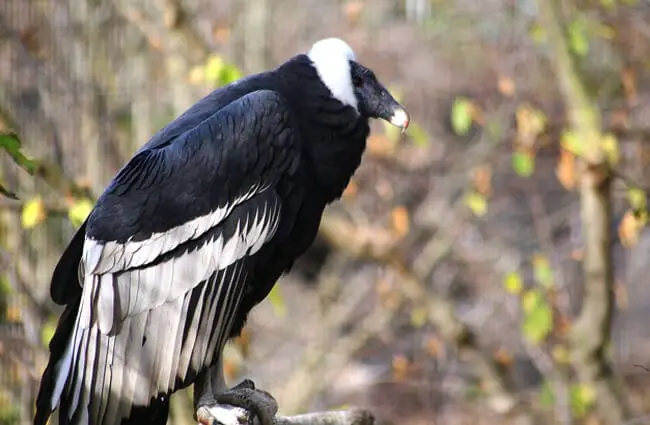
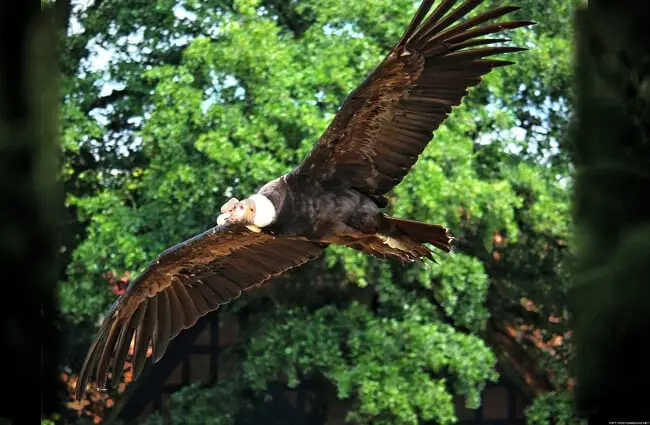
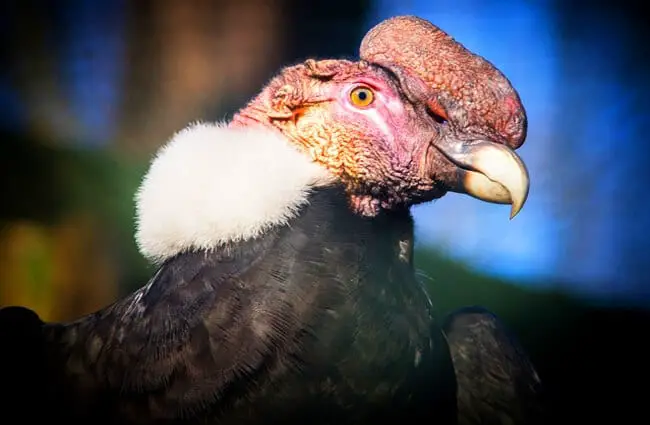





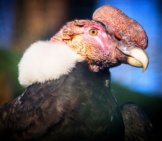

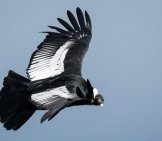
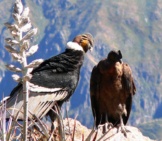
![Red Angus Closeup of a beautiful Red Angus cowPhoto by: U.S. Department of Agriculture [pubic domain]https://creativecommons.org/licenses/by/2.0/](https://animals.net/wp-content/uploads/2020/03/Red-Angus-4-238x178.jpg)












![Red Angus Closeup of a beautiful Red Angus cowPhoto by: U.S. Department of Agriculture [pubic domain]https://creativecommons.org/licenses/by/2.0/](https://animals.net/wp-content/uploads/2020/03/Red-Angus-4-100x75.jpg)

